
Maya Angelou Set to Music, Phenomenally
This post, the first episode in my new podcast, discusses Maya Angelou’s poem “Phenomenal Woman” and a powerful setting of it by Farayi Malek.
There is no historical or geographical limit on what can be covered. There is no restriction on the style or genre of song or singing.
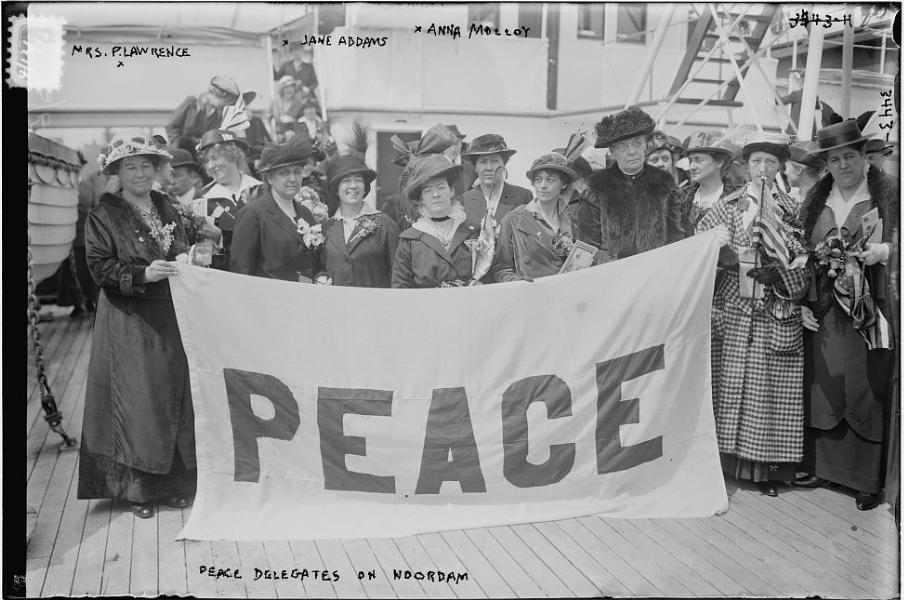


This post, the first episode in my new podcast, discusses Maya Angelou’s poem “Phenomenal Woman” and a powerful setting of it by Farayi Malek.
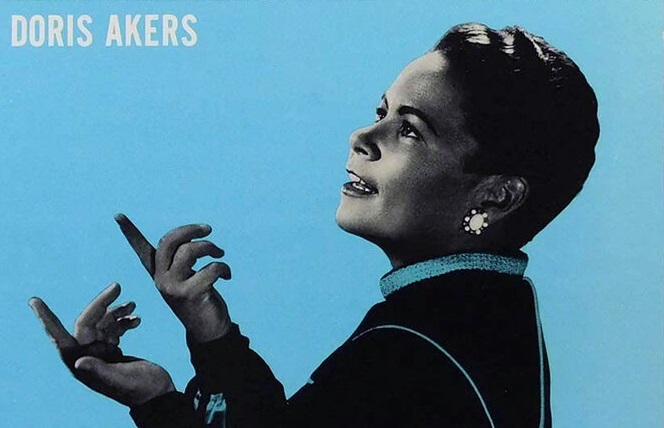
Doris Akers was one of Black gospel’s most prolific composers. This is a cross-racial account of her most famous song, “Sweet, Sweet Spirit.”

When I first encountered Frances-Hoad’s cycle “One Life Stand,” my relationship to Schumann’s “Frauenliebe und Leben” was altered forever. This audioblog explains why.
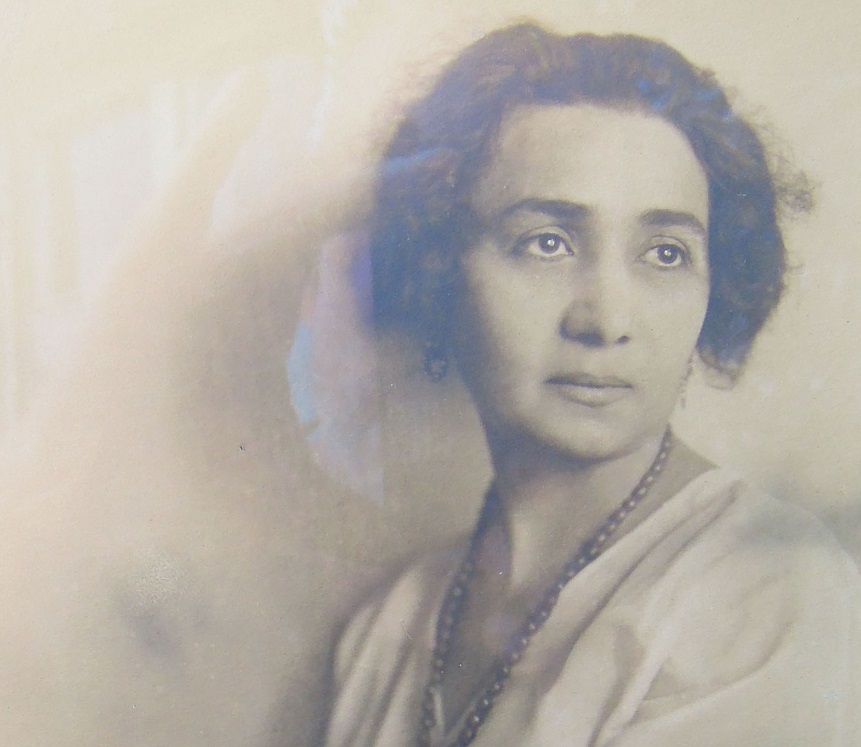
As expressions of motherly love and the pain of mothers who lose their children crossing ethnic, national and religious boundaries, these songs remain universal.
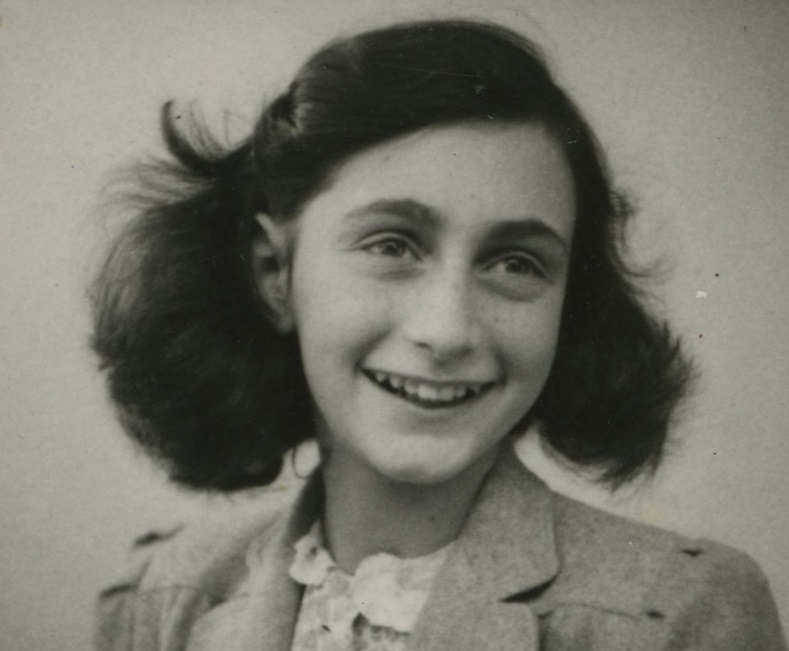
In the short space of seven songs, Hall transforms the private nature of Anne Frank’s diary into a searing disclosure.

In founding the American Song Composers’ Festival, Grace Porterfield Polk intended, single-handedly, to spur the development of American song.
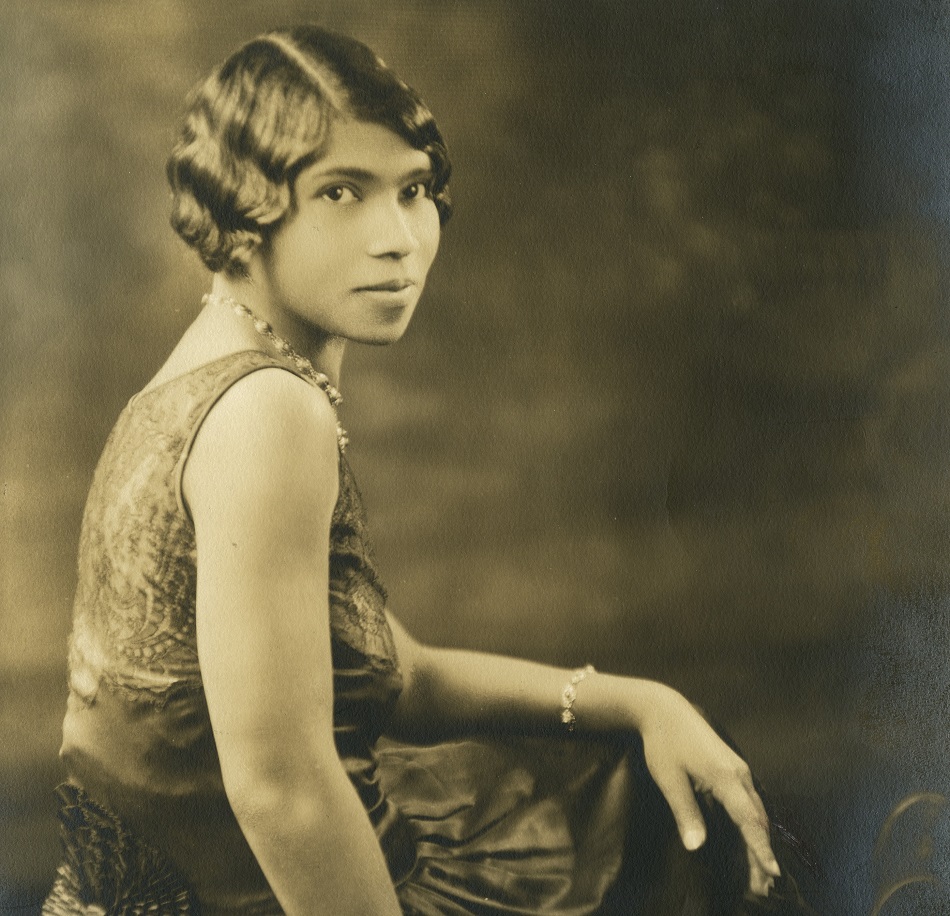
Although banned for much of her career from major opera houses, Marian Anderson had an intriguing and lifelong devotion to Donizetti’s aria “O mio Fernando.”

In this video I outline two strategies that Clara Schumann uses to compose songs with music that goes “against the grain” of the poetry.

A century ago the new Yugoslav ‘national’ music needed women; two influential women, Maja Strozzi-Pečić and Ivanka Milojević, seized the moment to gain a public voice.